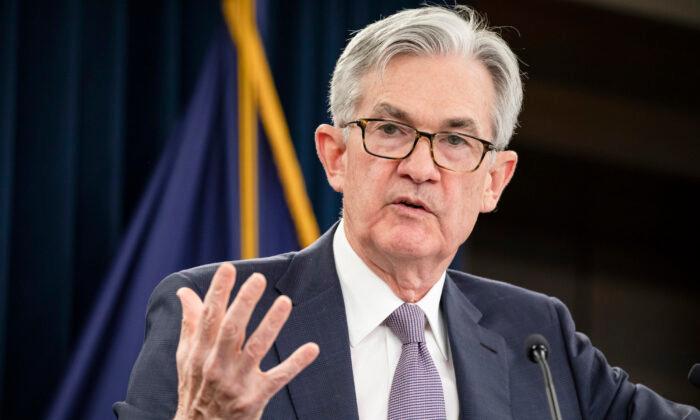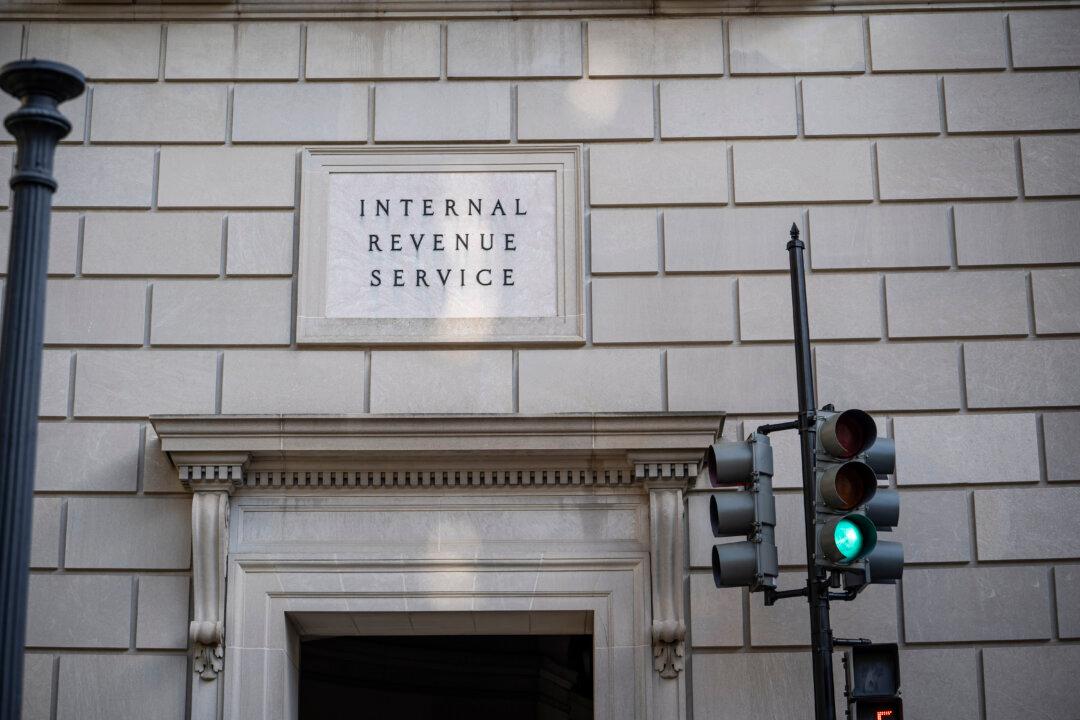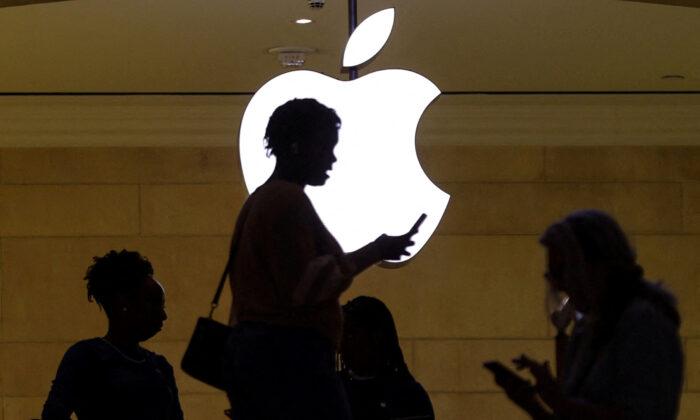World stocks and Wall Street futures generally edged higher early Friday as investors await Federal Reserve Chair Jerome Powell’s much-anticipated speech at a symposium in Jackson Hole later in the day, watching for clues when the Fed will begin to roll back some of its crisis support measures for the economy.
In early trading, Germany’s DAX rose almost 0.1 percent to 15,797.05 and the FTSE 100 in Britain added 0.1 percent to 7,128.59. France’s CAC 40 slipped less than 0.1 percent to 6,664.55. Wall Street was positioned for gains, with futures for the benchmark S&P 500 rising 0.3 percent to 4,480.25 and Dow futures advancing 0.3 percent to 35,261.00.
A strong corporate earnings recovery and hopes of a continued economic rebound have pushed U.S. stocks to record levels in recent sessions, but soaring cases of the Delta variant of COVID-19 have clouded the economic outlook. Inflation, too, has been a concern, running well above the Fed’s 2 percent longer-run target, adding pressure on the central bank to act in support of price stability.
While Powell told a July 28 news conference that the Fed was still “a ways away from considering raising interest rates“ and ”it’s not something that is on our radar screen right now,” a recent run of strong labor market data has boosted the case for the central bank to start its rollback, or “taper,” of asset purchases.
In recent interviews and public statements, Fed officials have generally advocated for a dial-back in the Fed’s asset-buying program, though debate continues over when a taper plan should be announced and how fast purchases should be reduced.
Atlanta Fed President Raphael Bostic, who is a voting member of the policy-setting committee, told Reuters in an interview that it would be “reasonable” for the Fed to start trimming bond purchases beginning in October if strong job gains continue.
“I would be comfortable with an October timeline for starting this” if August job growth in the United States matches the nearly one million jobs that were added in each of the previous two months, Bostic told the outlet. He added that, once the taper is launched, he would like to see purchases end fast, with a full end potentially “toward the end of Q1” of 2022.
In his speech at the Jackson Hole economic symposium, Powell may seek to shape expectations around when and how the taper may play out.





